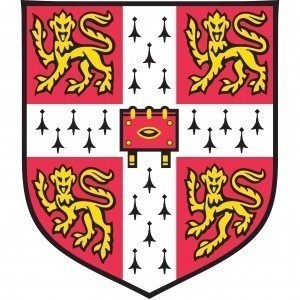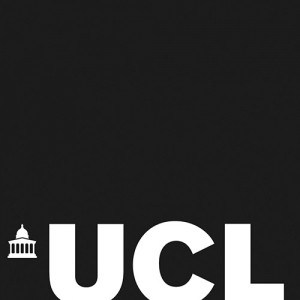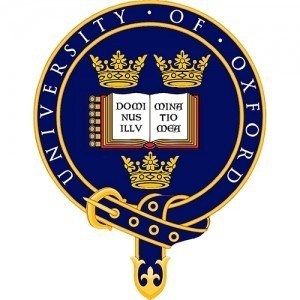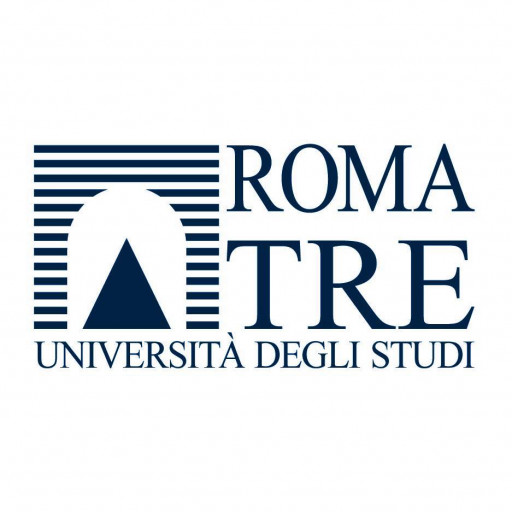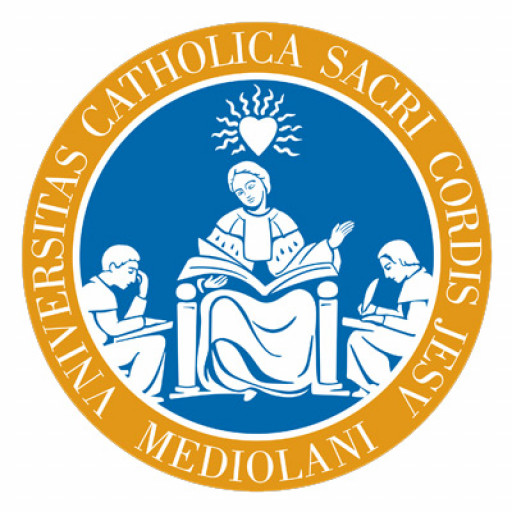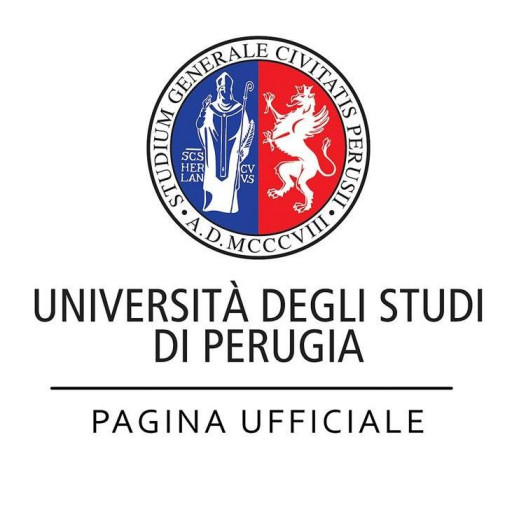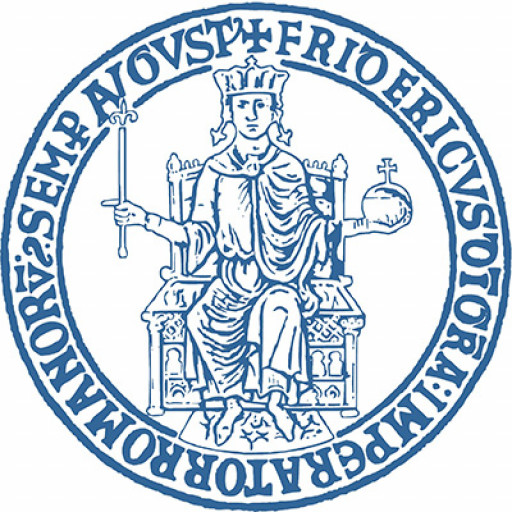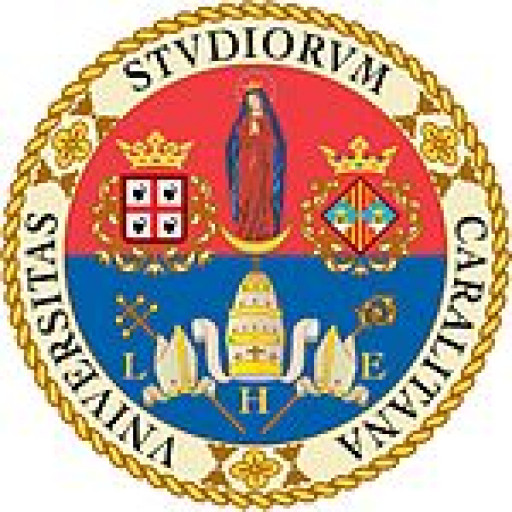Photos of university / #cambridgeuniversity
The History of Art and Architecture program at the University of Cambridge offers a comprehensive and in-depth exploration of visual culture from antiquity to the modern era. Designed for students with a passion for art, architecture, and visual analysis, this course provides a rigorous academic framework that combines historical context, critical methodology, and practical engagement with artworks and architectural sites. Throughout the program, students will examine diverse artistic traditions across cultures and regions, gaining insights into the social, political, religious, and technological factors that have shaped visual production over centuries. The curriculum includes detailed studies of painting, sculpture, decorative arts, architecture, and new media, encouraging students to develop a nuanced understanding of aesthetic, formal, and symbolic elements within different historical periods. Students will also learn core research skills, including visual analysis, archival research, and interpretation of primary and secondary sources, equipping them to conduct their own scholarly projects. The program emphasizes an interdisciplinary approach, integrating insights from history, archaeology, cultural studies, and conservation. Students will have opportunities for field trips, exhibitions, and internships, fostering practical experience and professional development. Guided by expert faculty with active research interests, learners will engage critically with theoretical perspectives and contemporary debates in art history and architectural studies. The challenging coursework prepares graduates for careers in museums, galleries, conservation, academia, publishing, and cultural management, or for further postgraduate research. The program combines lectures, seminars, tutorials, and independent study, fostering both collaborative learning and individual intellectual growth. With access to world-class collections and resources at Cambridge, students will refine their analytical skills and deepen their appreciation of the significance of visual culture across timelines and societies. Whether pursuing a first degree or advanced study, students will emerge with a solid foundation in the history of art and architecture, ready to contribute thoughtfully and creatively to the cultural sector.
The MPhil in History of Art & Architecture is a nine month course which commences in October each year. It is not available on a part-time basis. The course consists of research seminars, skills training, and supervised individual study.
The syllabus is as follows:
- Attendance at two selected seminar courses in specialised areas of research, one in the Michaelmas (Autumn) Term and one in the Lent (Spring) Term;
- Attendance at the department's weekly graduate seminars;
- Attendance at classes in skills training and career development;
- Frequent individual consultation with the candidate's supervisor, who will guide the candidate's choice of topics and preparation of individual written work for essays, presentations and dissertation.
Teaching
Teaching is delivered through the series of seminars referred to above during the Michaelmas and Lent Terms, focusing on salient critical and theoretical issues in the discipline, and organised into two parallel strands in each term. The seminars include presentations by MPhil students and other research students. Students may either take one option in each term, or follow the same course throughout. A taught course in visual culture offered at MPhil level by another university department (eg Classics, English, History, Modern and Medieval Languages) may be undertaken in addition to one of the two taught courses, with the approval of the student’s supervisor and the Degree Committee of the Faculty of Architecture and History of Art. This needs to be discussed and arranged at the beginning of the Michaelmas Term.
Throughout the course, students are encouraged to undertake independent reading and study, in order to consolidate what is under discussion in the seminars. In addition, they attend the Department’s weekly public graduate research seminars organised by the graduate students, the Department's fortnightly medieval seminars and other lectures and seminars in the Department and elsewhere in the University.
Students will have their supervisors confirmed at the beginning of their course in October. Students typically meet with their supervisor for 45 minutes on a fortnightly basis during term time. Students are expected to attend their two selected taught seminar courses and the Department's weekly seminars (approximately 12 per term). Students typically spend at least 30 hours per term for the first two terms attending mandatory seminars.
Students are expected to undertake research training much of which is mandatory. These courses total approximately 6 hours in total. Mandatory courses can be supplemented with other courses provided by the University, School, Faculty, Department and College. Whilst attending lectures is optional, students are strongly encouraged to take advantage of lectures offered in the Department and other Faculties relevant to their research.
Students will be provided with feedback via supervisions and their supervisor's termly reports which are available to them via their self-service pages on CamSIS.
Examination
Essays
Two essays of not more than 6000 words (to include footnotes) will be presented for examination. One will be submitted at the end of the Michaelmas and one at the end of the Lent terms respectively. These essays need not relate to the themes of the taught seminar courses, but may instead be directed towards the candidate’s personal research interests.
The essays represent 40% of the overall mark for the course
Dissertation
The dissertation of not more than 15,000 words represents 60% of the overall mark and is submitted at the end of May.
An oral examination (viva voce) on the dissertation and on the general field of knowledge within which the work submitted falls may be required. Students must remain in or be prepared to return to Cambridge for such oral examinations, which will be held in June.
Students need to achieve at least 60% for their overall mark in order to pass the degree. If students wish to continue their research and apply to read for the PhD degree in the Department of History of Art, they need to achieve at least 70%. They also need to identify and be admitted by a supervisor drawn from the established UTO staff of the Department or from its Emeritus staff (see University Teaching Officers and Emeritus staff under the 'People' section of this site.)
- Magistr (Master's Degree) at Pass level. Diploma Specialista (completed post-1991) with a minimum overall grade of good or 4/5 Bachelor's from Moscow Institute of Physics and Technology and other prestigious institutions with an overall grade of 4/5 Bologna Bachelor's from other institutions with an overall grade of 5/5, Excellent
- Diploma Specialista (completed post-1991) with a minimum overall grade of Excellent or 5/5 Bachelor's from Moscow Institute of Physics and Technology and other prestigious institutions with an overall grade of 5/5
- IELTS (Academic) 7.5
- TOEFL Internet Score 110
- £50 application fee
- First Academic Reference
- Second Academic Reference
- Transcript
- Research Proposal. A research proposal of 1000 - 1500 words should consist of a
- Sample of Work. A sample of work could be a journal publication or a chapter from your undergraduate dissertation. Please note: applicants who are currently undertaking a graduate course at Cambridge from departments other than History of Art will need to provide a sample of work.
- Personal Reference. This is only required if you are applying for the Gates Cambridge Scholarship.
The History of Art and Architecture program at the University of Cambridge offers a range of financing options to support students throughout their studies. Funding opportunities include university scholarships, external bursaries, research grants, and financial aid packages designed to assist both domestic and international students. Cambridge’s collegiate system provides many colleges with their own scholarships and fee waivers, which prospective students are encouraged to apply for early in the admissions process. Additionally, students may be eligible for government-funded loans or sponsorships depending on their country of residence and funding arrangements. The university often awards scholarships based on academic merit, artistic potential, and financial need, aiming to promote access and diversity within the program. International students are advised to explore both university-specific and external sources of funding, such as government scholarships offered by their home countries or private foundations dedicated to arts education. The program’s fees vary depending on the student's nationality and whether they are classified as home, EU, or overseas students; these fees are detailed on the university’s official website and are reviewed annually. In addition to scholarships, students can seek part-time employment opportunities available within the university or in Cambridge city to support their living expenses. The university also provides guidance on applying for external funding, including detailed advice on preparing scholarship applications and financial planning. Prospective students are encouraged to contact the university’s financial aid office early in their application process to ensure they are aware of all available options. Overall, the University of Cambridge is committed to providing financial support and resources to help students successfully complete their studies in the History of Art and Architecture program without undue financial hardship.
History of Art and Architecture at the University of Cambridge offers an in-depth exploration of the visual culture from ancient times to the modern era. The program is designed to develop students' analytical skills and their understanding of the social, political, and cultural contexts that have shaped artistic production across different periods and regions. Students will engage with a diverse range of artworks, including sculptures, paintings, architecture, and decorative arts, through rigorous study and research.
The course combines theoretical studies with practical analysis, encouraging students to develop critical insights into the meaning and significance of artworks within their historical settings. It covers topics such as the history of medieval, renaissance, baroque, modern, and contemporary art, alongside regional studies focusing on European, Asian, and American art histories. The program emphasizes interdisciplinary approaches, including considerations of architecture, sculpture, painting, and new media, fostering a comprehensive understanding of the development of visual culture.
Students have access to Cambridge’s extensive collections, including the Fitzwilliam Museum, which provides invaluable resources for research and projects. The curriculum includes lectures, seminars, tutorials, and practical workshops, allowing for personalized guidance and collaborative learning. Throughout the course, students are encouraged to develop their critical thinking, research capabilities, and academic writing skills.
Graduates of this program are well-equipped for careers in museums, galleries, archives, arts administration, heritage management, academic research, and curatorial work. The program not only provides a strong theoretical foundation but also emphasizes the importance of visual literacy and contextual understanding in analyzing artworks. The degree typically takes three to four years to complete, depending on the course structure.
The university's historic setting, distinguished faculty, and extensive resources make it an ideal environment for studying the history of art and architecture. Students benefit from Cambridge’s vibrant academic community and numerous opportunities for cultural engagement both within and outside the university. The program aims to cultivate both specialist knowledge and a broad appreciation of global artistic traditions, preparing students to contribute meaningfully to the understanding and preservation of visual heritage worldwide.
